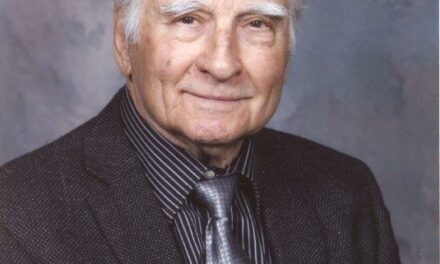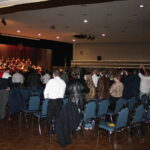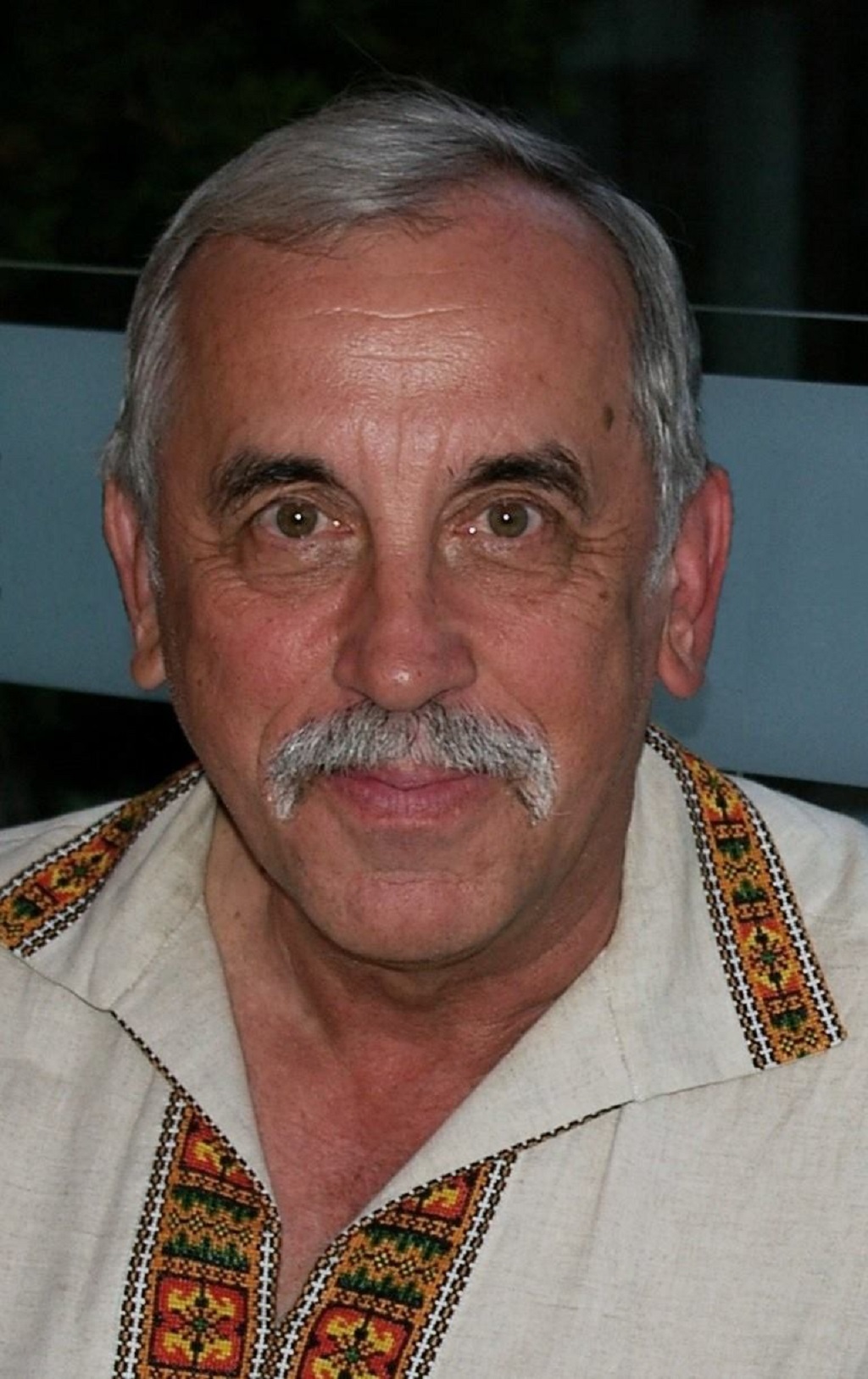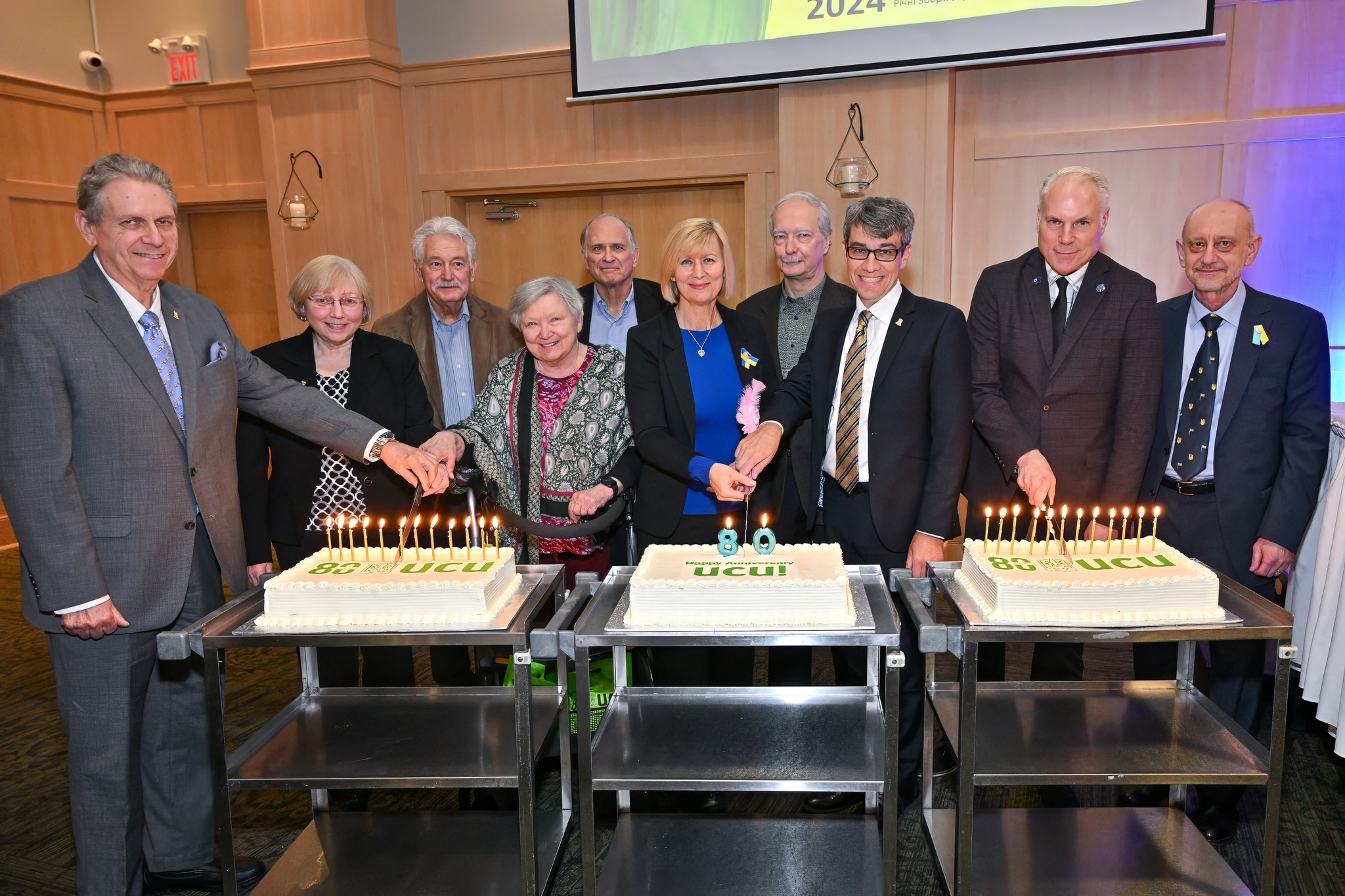Because of the constraints imposed by the COVID epidemic, I have been watching far more television than usual, and have used the opportunity to explore the wealth of content available on various internet-based live streaming sites. Mostly, I have focused on documentary and science channels and in particular, have discovered the joys of archeology. I have been following a number of series primarily produced in Great Britain, which is understandable, as it has a rich and interesting history.
British television has produced a large number of historical and archeological documentary series including Time Team, Digging for Britain, Shoreline Detectives, and Extreme Archology amongst others. All these have achieved a fair amount of popularity and success, aided in no small part by the fact that they are hosted by some exceptionally captivating hosts, historians and archeologists such as Sir Tony Robinson, Dr. Alice Roberts, Lucy Worsely, Mick Aston and Phil Harding. They have transformed archeology from being a fairly boring, plodding and time-consuming scientific endeavour into a stimulating spectator sport. Mind you, archeology is relatively easy to do in Great Britain. Because it has such a small geographic footprint, you could probably plant a shovel anywhere on the island and dig up historical artifacts.
It is also not surprising that archeology or “antiquarianism” as it was originally known, has a long and prominent history in the British Isles. The earliest excavations go back to the late Middle Ages. Stonehenge, probably the best-known archeological site on this planet, was being actively explored by amateur “antiquarians” way back in the 1600’s. The same is true for much of Europe. In Italy, Pompeii was being excavated as early as 1748. A century later extensive excavations of Celtic settlements were begun in Hallstatt, Austria.
In Canada, because of its almost inconceivably vast territory, small population and relatively recent history of human settlement, archeology is a relatively fledgling and minor science. Ukraine, on the other hand, should be rich and fertile ground for archeological exploration. It has been settled since the earliest periods of recorded human civilization and has a history as rich as any area on this planet. Regrettably, until fairly recently, I have had little knowledge of Ukrainian archeology.
My earliest exposure came in 2001 when an exhibition of Scythian artefacts from Ukraine titled “Legacy in Gold: Scythian Treasures from Ancient Ukraine” came on tour to Canada and was exhibited to much acclaim at the Royal Ontario Museum in Toronto. This was followed up in 2008 with another exhibition titled “Mysteries of Trypillian Culture”. Those two exhibits brought home to me quite forcefully that Ukraine had its own impressive trove of historical treasures.
In Ukraine, archeology did not become established as an academic or scientific discipline until the latter part of the 1800’s. There had been some early efforts such as Metropolitan Petro Mohyla initiating some digs at various historical sites in Kyiv in the early 17th century, but there was not much follow-up to these initiatives.
It was not until the 19th century that organized archeological explorations began in earnest in Ukraine. In 1839, the Odessa Society of History and Antiquities was formed and that began to spur some interest in archeology. Soon, exciting discoveries were being made all over Ukraine. Paleolithic remains were discovered near Poltava. Trypillian settlements were found in large numbers all over southwestern Ukraine along the Dniester River basin. The remains of ancient Greek colonies were being explored in Crimea and along the Black Sea coast. Scythian burial mounds or “kurhans” were being unearthed all over the steppe lands of Ukraine. By the late 1800’s regular lectures in archeology were being held at Kyiv University. The Ukrainian Academy of Sciences was formed in 1918 in a newly independent Ukraine and in 1919 it published a comprehensive map of archeological sites in the country.
The Bolshevik Revolution and subsequent incorporation of Ukraine into the USSR put a severe crimp on archeological studies for many decades, as the Communist authorities subordinated all the sciences towards focusing on only those things that would further their ideological agenda. Eventually, things loosened up and in 1938 an Institute of Archeology was established under the National Academy of Science of Ukraine, and after World War II, considerable activity resumed on the archeological front. The most fruitful results came from the discovery of numerous settlements of the Trypillian civilization which existed in Ukraine between some six to seven thousand years ago. To date, over 3,000 of these settlements have been identified.
In more recent times, the largest archeological effort has centred around the excavations at Baturyn, the fortress and capital of the Hetman state under Ivan Mazepa. This project has enjoyed the involvement and support of Canadian partners from the University of Toronto and the Canadian Institute for Ukrainian Studies.
It would be most interesting if the Ukrainian media could produce some documentaries on Ukrainian archeological discoveries similar to what the British have been doing. I am sure they would find a large and appreciative audience not only in Ukraine, but in the diaspora.
Share on Social Media




































